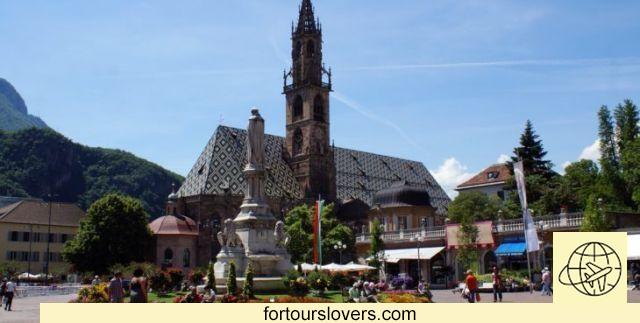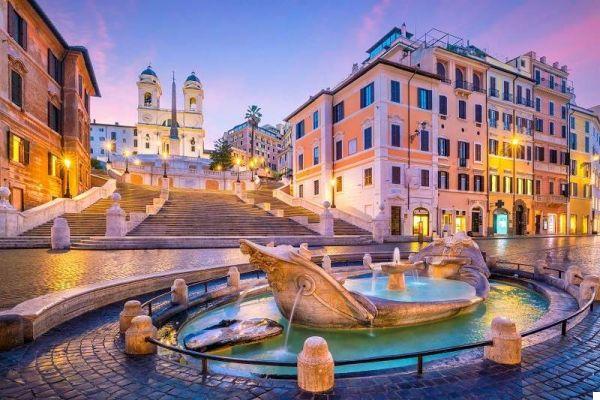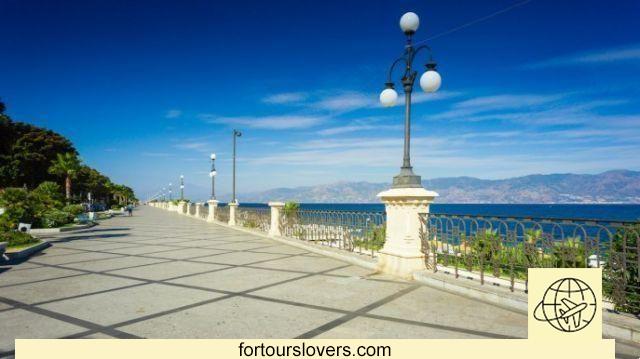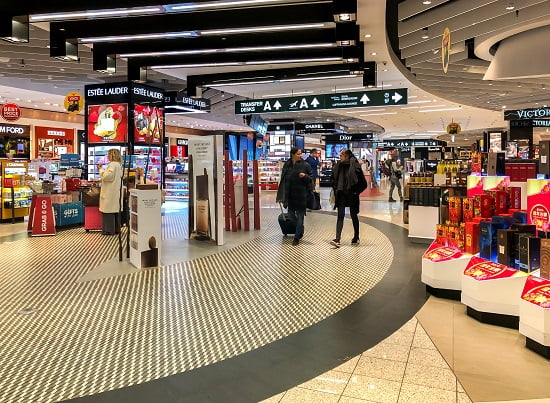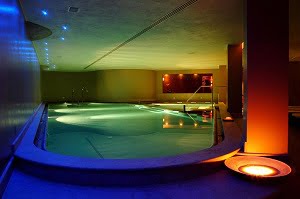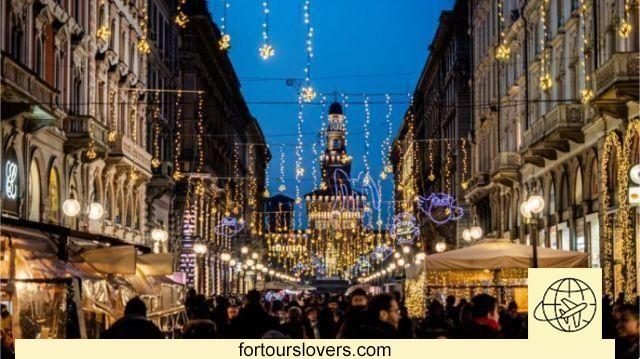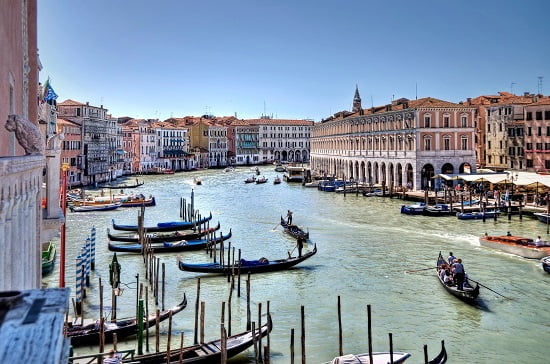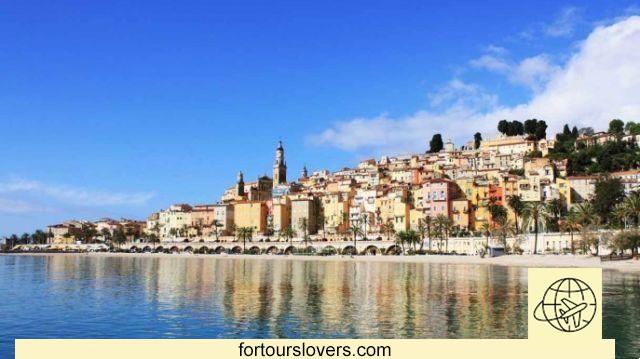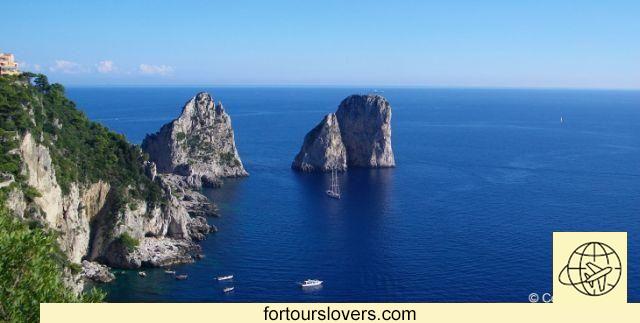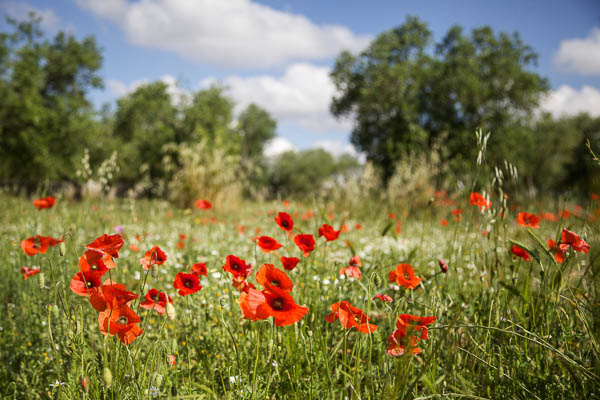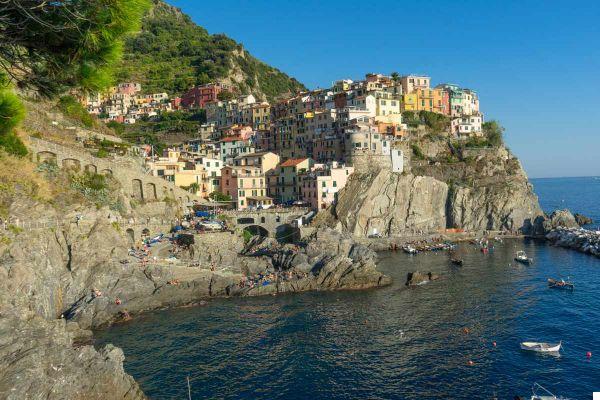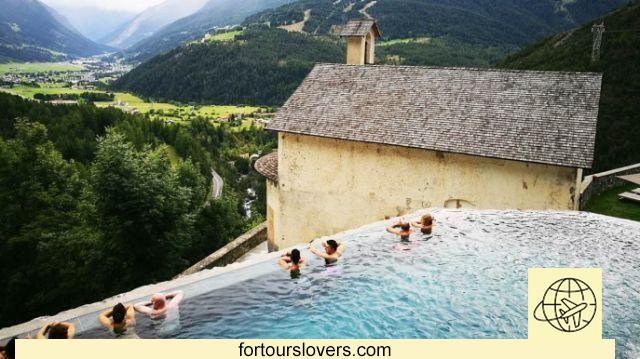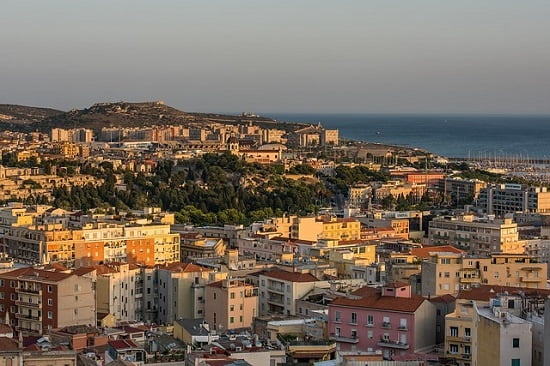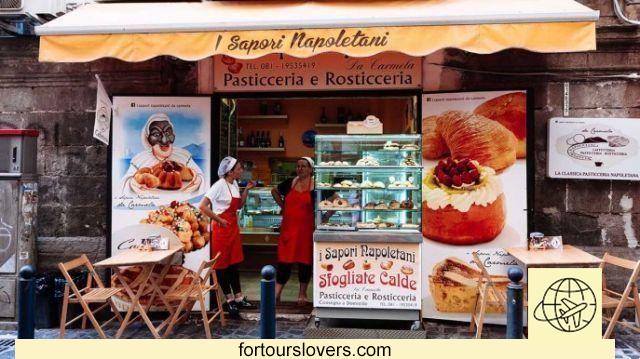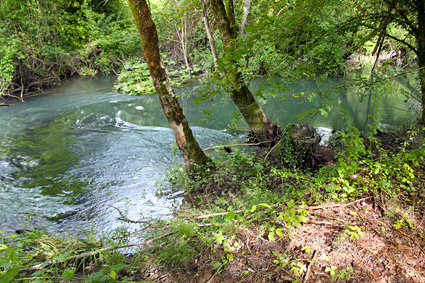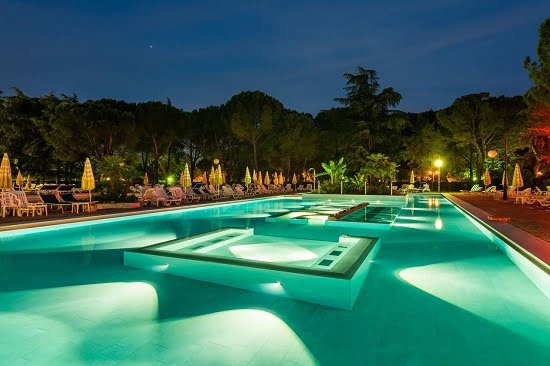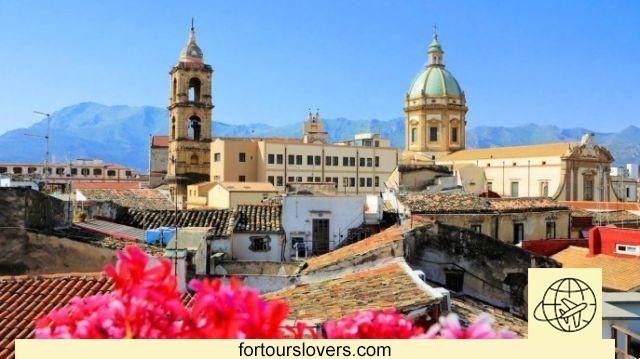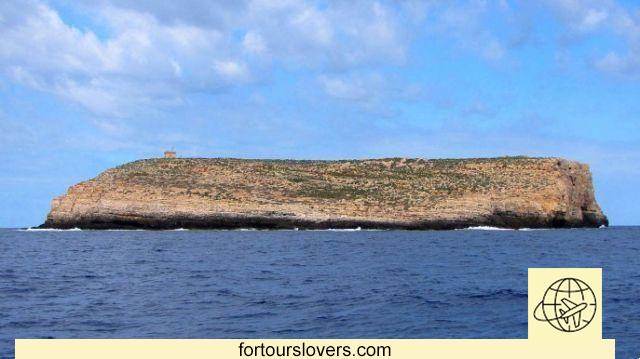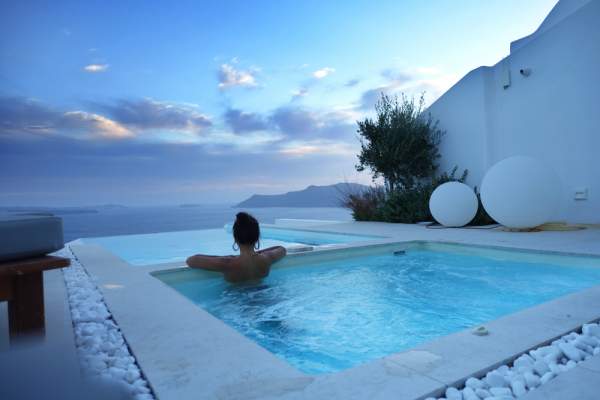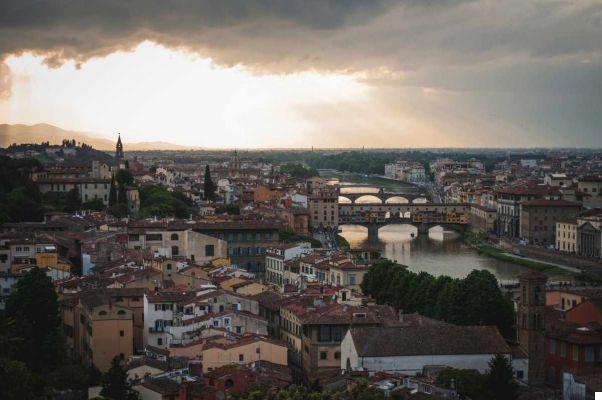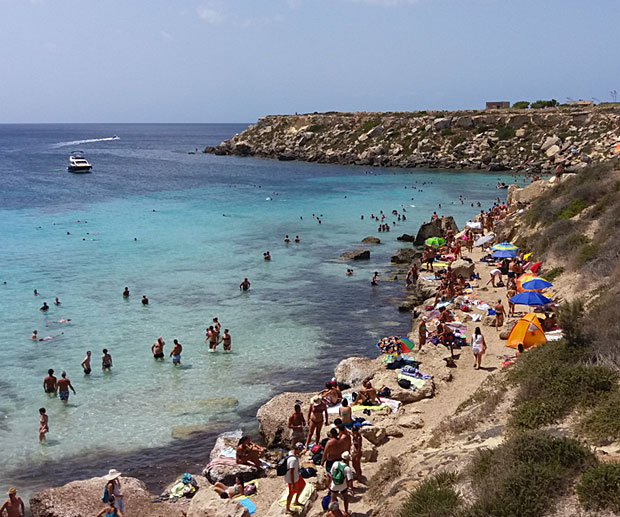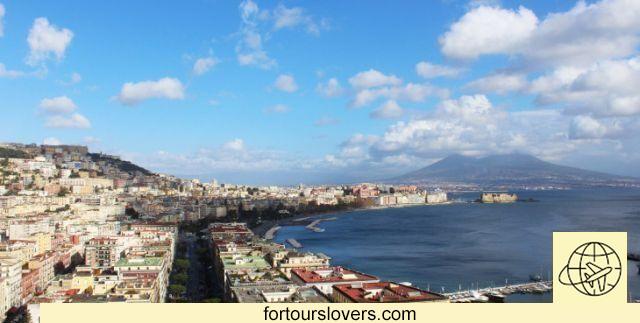
Naples
12 things to do and see in Naples and 3 not to doNaples, the capital of Southern Italy city of Vesuvius homeland of pizza protected area of San Gennaro it's hard to tell. There are too many nuances, details, contradictions to be taken into account. It is no coincidence, therefore, that to try to understand the city we turn more often to art, poetry and music. For example, to the very famous "Napul is" by Pino Daniele, a song that alone is worth thousands of books dedicated to the city. In conclusion, Naples is a challenge. Mostly, Naples is beautiful. More than telling it, therefore, I can only recommend some things to do for a first approach to the city. Happy reading.
1 Spaccanapoli
“Spaccanapoli” is the heart of the old city. The walk starts from Spanish Neighborhoods and ends the Fork. Along the way there are so many palaces, churches, monuments that
a month would not be enough to be able to see everything. Therefore, the advice, in this case, is to let yourself be guided by curiosity. From the Church of Gesù Nuovo, to the Monastery of Santa Chiara
wherever you set foot, it will be a surprise.
2 Sansevero Chapel and Veiled Christ
But woe to reduce Spaccanapoli to a tourist postcard. Spaccanapoli is the city, with its many resources and many problems. Criticalities that in any other place would undermine social peace and that instead have always coexisted here. For this reason, at the beginning, I said that Naples is a challenge. As for beauty, however, the “Veiled Christ” by Giuseppe Sammartino is worth more than many words. The sculpture, according to many art critics the most beautiful ever made, is located inside the San Severo Chapel, behind Piazza San Domenico Maggiore, In Francesco De Sanctis.
Working Time
Weekdays: 09.30-18.30
Sunday and public holidays: 09.30-14.00
Last admission allowed up to 20 min. before closing.
Closed on Tuesdays.
Ticket 7,00 € uro
3 Underground Naples
Not far away, in Piazza San Gaetano, there is the entrance of "Underground Naples", the most famous (not the only) route in the subsoil of Naples. A guided tour into the bowels of the city to discover its Greek and Roman influences and, above all, to relive the tragic days of the second world war, when about 40.000 Neapolitans took refuge underground to escape the Allied bombing and German reprisals.
The entrance to underground Naples is in Piazza San Gaetano 68 (on via dei Tribunali).
The excursions are in Spanish and English. For other languages, or for groups or excursions outside the opening hours by reservation only.
More on: www.napolisapolis.org
4 The Pizza
In the vicinity of Via dei Tribunali there is obviously much more to see: there is San Gregorio Armeno, the way of the shepherds; There is the archaeological Museum; there is of course the Duomo. Before visiting the latter it is however necessary (more, OBLIGATORY!), stop for a pizza. There are so many addresses, you are spoiled for choice. However, I point out 4: the historic pizzeria "Da Michele", behind Forcella; the “Trianon” pizzeria opposite the theater of the same name; the pizzeria of "Gino Sorbillo" in via dei Tribunali and, finally, still in via dei Tribunali the pizzeria "Di Matteo" which rose to the headlines for the visit, in 1994, of the then President of the United States Bill Clinton, to Naples to participate in the G7.
5 Cathedral
After the pizza, we can visit the Duomo, the house of San Gennaro. To understand the visceral link between the Neapolitans and their patron saint, the ideal would be to attend the "Miracle of San Gennaro", the liquefaction of the blood of the Saint kept inside an ampoule. The event, to which the Neapolitans have always attributed auspicious significance, is repeated three times a year: the first Sunday of May, September 19th and finally the on December 16st. It would be worth attending the Holy Mass to understand the transport, the pathos that binds the inhabitants of Naples to "Yellow Face" (thus the Neapolitans turn to the effigy of the saint in gilded silver). Apart from a miracle, the Cathedral also deserves above all from an artistic and historical-cultural point of view. To be seen!
6 Palazzo Mannajuolo
Naples is a very rich city, we have said it. Architectural styles range from Gothic, barocco, to the numerous traces of fascist rationalism. And then there is Mannajuolo Palace, in via Filangieri, Chiaia district. A hybrid between early 900th century modernist experiences and the local architectural tradition deeply influenced by the Baroque. The ellipsoidal staircase inside the building is a real architectural jewel. It is therefore worthwhile to take a leap, taking the opportunity to take a stroll in one of the most "in" areas of the city.
7 Piazza del Plebiscito and the Royal Palace
It has always been the symbol of Naples, even more so after the area was finally cleared of parked cars in the early 90s of the last century. Behind the square, the colonnade of the Basilica of San Francesco di Paola; in front, the Royal Palace with the statues of eight of the most important sovereigns who reigned over Naples.
The Royal Palace of Naples, Piazza Plebiscito, 1, is open from Monday to Friday from 9.00 to 13.00 and from 14.00 to 17.00. Saturday from 9.00 to 14.00. Furthermore, every first Sunday of the month free admission to the site for all visitors according to ordinary opening hours.
More info: www.campaniartecard.it/IT/site.cfm?id=5
8 Pasta and potatoes with provolone
One of the reasons for the charm of Naples is the possibility of eat big by spending a few euros. Maybe a delicious pasta and potatoes with “Da Nennella” provola, a historic trattoria Spanish Neighborhoods. And if there is no pasta and potatoes, it doesn't matter! Among spaghetti with lupins, pasta and beans, the “puttanesca” with olives and capers, fried anchovies, sausages and broccoli, you are spoiled for choice. There are two warnings: to sit down, you almost always have to wait your turn; and what in Naples they call "'a fresh head". The approach of the waiters, in fact, is more than informal, and therefore if you are touchy or too "plastered" better desist! Even if you don't know what you're missing!
9 The Capodimonte Museum
In a list of things to do in Naples, the National Museum of Capodimonte. a Museum-Palace of three floors surrounded by a magnificent forest where Neapolitans love to entertain themselves and play sports. Commissioned in the eighteenth century by Charles of Bourbon, the palace became a museum only in 1957. Organized on three floors, it houses works of art ranging from the 200th to the second half of the 900th century. From the Farnese collection that Carlo di Borbone inherited from his mother, to Andy Warhol present on the third floor. The Capodimonte Museum is open every day except Wednesday from 8.30 to 19.30. The last admission allowed is at 18:30. The full cost of the ticket is € uro 7.50. However, concessions and discounts are provided.
More on: www.museocapodimonte.beniculturali.it
10 The Petraio
Il urban trekking in Naples it is more and more fashionable. Absolutely to do the ramps of the Petraio, part of the extensive system of stairs (135 stairs, 69 steps) that connect Naples far and wide. The steps of Petraio are 503 and connect the Vomero with the Chiaia district. Of course, making them downhill is less tiring even if the joints are less stressed uphill. You choose. Twenty minutes at a brisk pace in what is now a residential neighborhood in which, however, numerous traces of the Art Nouveau from the early 900s. The area is served by the Palazzolo Parco Marcolini stations (Via Filippo Palizzi and Via Gioacchino Toma) of the Chiaia Funicular and from the Petraio Via Palizzi station (Salita del Petraio and Via Filippo Palizzi) of the Central Funicular.
11 Charterhouse of San Martino
Tino di Camaino, Primary Athanasius, Giovanni Antonio Dosio, Giovan Giacomo Conforto, Cosimo Fanzago, Nicola Tagliacozzo Canale. These are the names of the architects who succeeded each other over the centuries (from the '300 to the' 700) in the realization of this stupendous national monument alongside Castel Sant'Elmo. To these we should add the many plasterers, marble workers, tilers who materially contributed to the construction of the Certosa, without of course forgetting the equally decisive contribution of the painters and all the others artists who have worked on it over time. A triumph of baroque architecture and art which does not leave indifferent even those who are completely lacking in art history. Is worth? Absolutely yes, and don't let the fact that it's number XNUMX on our list deter you. The view of Naples and Vesuvius is also spectacular (see cover). Wonder!
Timetables:
>> Mon-Tue-Thu-Fri-Sat-Sun 8.30 / 19.30
Closed on Wednesdays
The ticket office closes an hour earlier
tickets:
full: 6,00 € uro
Reduced: 3,00 € uro
Free admission every first Sunday of the month
Montesanto funicular: MORGHEN stop
Chiaia funicular: CIMAROSA stop
Central Funicular: PIAZZA FUGA stop
Meter: line 1 VANVITELLI stop
ANM bus: line V1 PIAZZALE SAN MARTINO stop
12 The surroundings
Pompeii, Herculaneum, Vesuvius, Sorrento, Positano, Amalfi, Ischia, Capri, Procida and much, much more. A stay in Naples is a continuous discovery. You just need to organize yourself a little to carve out a truly unforgettable holiday. A holiday also useful for going beyond the many stereotypes that the city has been carrying for centuries. Stereotypes that only partially photograph the reality of a millenary and complex city, while in other circumstances they are only prejudices trite and unmotivated. Long live Naples, long live Campania, long live Italy!
1 Do not show off valuables in certain areas of the city
The Quartieri Spagnoli, Spaccanapoli, Forcella, la Sanità are all beautiful places, where it is worth going to discover its hidden treasures. However, some common sense rules must be observed. The most important is not to show off valuables (rolex, necklaces, precious and more). In Naples, unfortunately, there is a petty crime specialized in thefts and muggings which, not surprisingly, studies its victims starting from clothing and, secondly, from more or less circumspect behavior. That said, no worries. Those who paint this reality, which is common to many other big cities, like hell on earth, are exaggerating. There is, we have to deal with it, but we absolutely must not give up living. Rather, the best way to make some areas safer is to frequent them, live them, as the many Italian and foreign tourists who visit the city all year round have now understood.
2 Do not trust abusive taxi drivers
That of illegal taxi drivers is unfortunately a problem that Naples has been carrying around for a long time. They are already in the station, sometimes even on the platforms, to take advantage of the regular ones who are outside. Here, it is enough not to listen to the squatters and earn the exit. Immediately outside the station there is a column with authorized taxis; after which you can comfortably queue up and wait for your turn.
3 Don't eat in foreign restaurants
Don't waste time in Chinese, Indian restaurants etc. Not that they are all to be despised, indeed. But, what the heck, you're in Naples, one of the cities where you eat better and spend less in the world. Take advantage of it.




